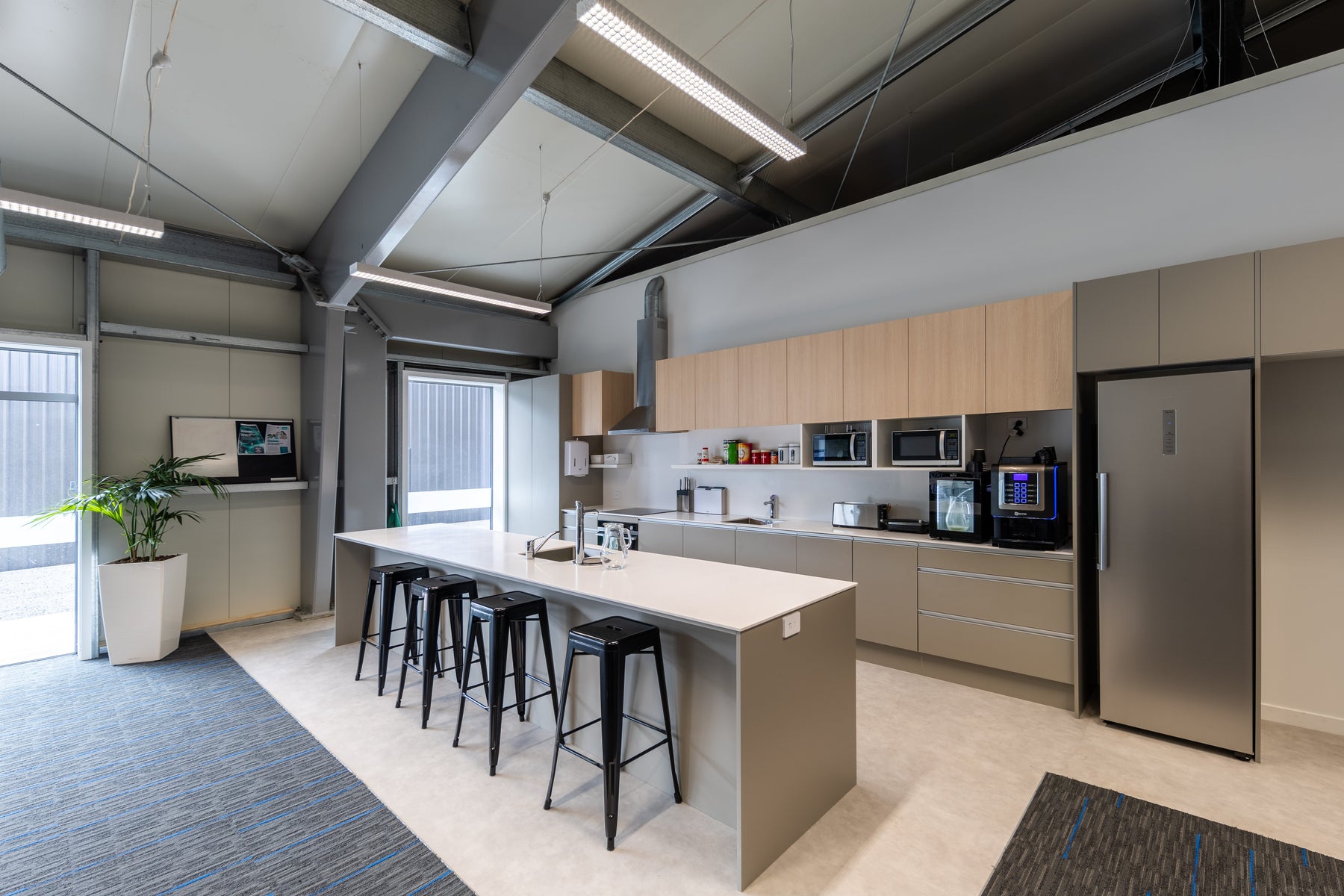
What is the difference between EPS and PIR insulated panels?
Insulated panel systems offer a highly effective method of construction, allowing an energy efficient building envelope to be installed rapidly and straightforwardly. However, whilst the steel facings of these modern construction products may give them a similar appearance, not all insulated panels are the same.
What’s at the core?
The primary difference lies in the performance and characteristics of the insulation core that is sandwiched between the internal and external metal facings. Traditionally, many insulated panels featured an expanded polystyrene (EPS) core – it is lightweight, moisture resistant and has good compressive strength, but these benefits are more than matched by Polyisocyanurate, or PIR, which also offers greatly enhanced thermal and fire performance.
Thermoset or thermoplastic
Both types of insulation are classed as combustible, but they behave very differently in a fire scenario, and this has to do with whether they are a thermoset material or a thermoplastic one. PIR is a thermoset insulation - when it is heated or ‘cured’ in the manufacturing process it becomes irreversibly hard and rigid. When heated again it maintains its rigidity and structural integrity. If it is exposed to fire the surface chars, forming a protective layer and minimising flame spread. Once the source of the fire is removed the material self-extinguishes.
By contrast, EPS a thermoplastic material, becomes soft and malleable when heated and solidifies when cool, but this softening process can be repeated. So, when exposed to fire, EPS softens and even melts away, losing its structural integrity. Whilst better quality products contain fire retardants, EPS is also flammable and can add to the fire loading and spread of flame.
Thermal performance
The other big differentiator between the two insulating materials is their thermal efficiency. For example, a typical 100mm Conqueror PIR panel has an R value of R4.3, compared to approximately R2.6 for EPS.
An all-round performer
As well as better fire and thermal performance compared to EPS, the closed cell structure of PIR insulation provides high levels of moisture resistance, helping to protect the building envelope and continue to perform over time. Its rigidity brings structural strength to the panels, and allows significant spanning capacity, reducing the amount of secondary steelwork that is needed.
For further information – please refer to the specific product datasheets.
